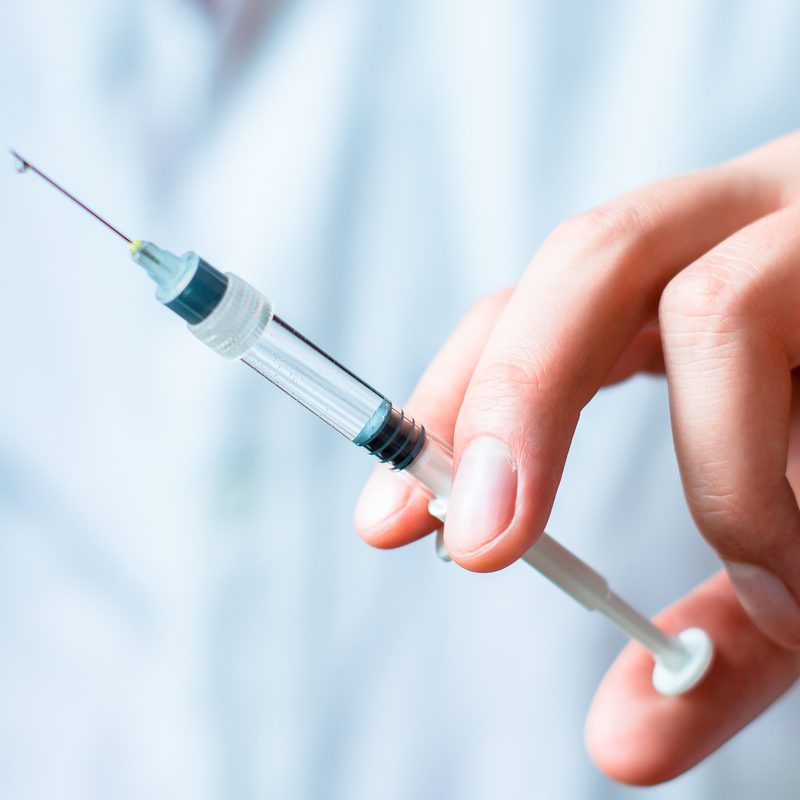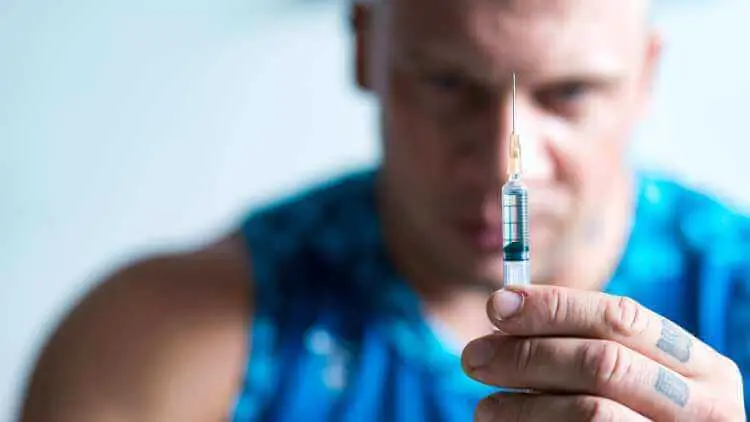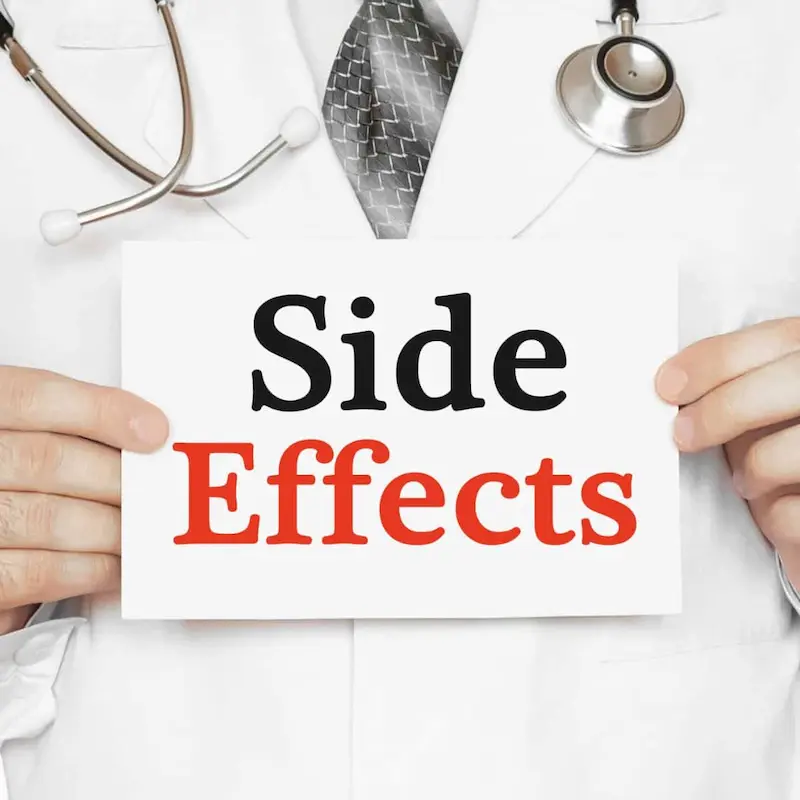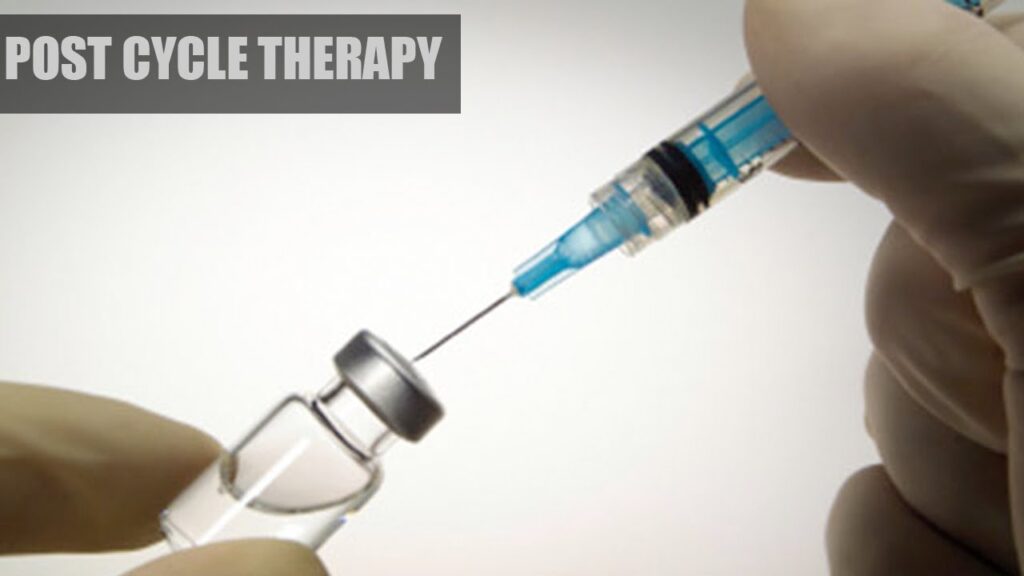Testosterone Phenylpropionate is an anabolic steroid, a type of synthetic testosterone hormone used mostly for performance enhancement and in hormone therapy. Resembling the natural hormone’s effects, it boosts muscle growth, red blood cell production, and overall regeneration capabilities. It’s essential to understand the nature of Testosterone Phenylpropionate and its function within the body to use it safely and effectively.
Administering Testosterone Phenylpropionate follows specific dosage guidelines, and its effects can be modulated when stacked with other steroids during a cycle. Due to its controlled release, it maintains steady hormone levels in the bloodstream. However, users must be aware of potential side effects, which can range from mild to severe, and thus risk management strategies are crucial. Additionally, Post Cycle Therapy (PCT) is an important factor to consider after a cycle of Testosterone Phenylpropionate to help recover endogenous testosterone production.
Quick Summary
- Testosterone Phenylpropionate is a synthetic hormone that mimics natural testosterone.
- Proper dosage and cycle management are important for effectiveness and safety.
- Post Cycle Therapy is critical for hormonal balance after use.
Testosterone Phenylpropionate Profile

Testosterone Phenylpropionate is a synthetic anabolic-androgenic steroid with a phenylpropionate ester attached, influencing its release rate and half-life. This section provides an in-depth look at its chemical structure as well as compares it to other testosterone esters.
Chemical Structure and Ester Properties
Testosterone Phenylpropionate is an esterified form of testosterone, meaning the key hormone testosterone has an ester, the phenylpropionate, attached to its beta-hydroxyl group. The addition of this ester affects the lipophilicity and release rate of the hormone from the site of administration into the bloodstream.
- Esterification: This process extends the drug’s half-life and allows for a more sustained release.
- Release Rate: Compared to the shorter propionate ester or the longer cypionate ester, phenylpropionate offers a moderate release rate and half-life.
Testosterone Phenylpropionate exhibits a half-life of approximately 3 to 4.5 days, which requires less frequent injections for maintaining stable blood levels compared to some other esters.
Comparison with Other Testosterone Esters
The phenylpropionate ester differs from other testosterone esters in its release pattern and duration of action.
Common Testosterone Esters:
| Ester | Half-Life | Injection Frequency |
|---|---|---|
| Testosterone Enanthate | ~4.5-5 days | Every 5-7 days |
| Testosterone Cypionate | ~6-8 days | Every 7-10 days |
| Testosterone Propionate | ~2 days | Every 2-3 days |
| Testosterone Phenylpropionate | ~3-4.5 days | Every 4-6 days |
Differences:
- Release Rate: Phenylpropionate has a faster release rate than cypionate but slower compared to propionate.
- Durability: This ester’s effects last longer than testosterone propionate but shorter than enanthate and cypionate esters.
- Injection Frequency: It necessitates more frequent injections than enanthate and cypionate but less than propionate to maintain consistent levels.
Dosage and Administration

Testosterone Phenylpropionate is an injectable form of testosterone commonly used in various dosing schedules depending on the user’s experience level. Proper administration techniques are crucial for efficacy and safety.
Recommended Dosages
- Beginner: For individuals new to steroids, a typical starting dose may range from 300 to 500 mg per week.
- Intermediate: Users with previous steroid exposure might increase to between 500 to 700 mg weekly.
- Advanced: Experienced users may take doses as high as 700 to 1000 mg per week, although higher doses come with increased risks of side effects.
The exact dosage should be tailored to individual needs and results monitored by blood tests to ensure testosterone levels remain within a desirable range.
Administration Techniques
- Frequency: Testosterone Phenylpropionate has a half-life of approximately 4 to 5 days, necessitating injections at least twice a week for stable blood levels.
- Injection Site: Common injection sites include the gluteal muscle (buttock) or thigh.
- Preparation: Users should ensure the injection area is clean and alcohol-swabbed.
- Technique: Use a thick-gauge needle (22-23 gauge) for drawing the solution, switch to a thinner one (25-27 gauge) for a more comfortable injection.
Consistency and adherence to aseptic techniques can prevent complications like infections at the injection site.
Cycle and Stacking

In planning a cycle with Testosterone Phenylpropionate, the key considerations include cycle length, and whether it is used for bulking or cutting. Stacking with other anabolic steroids can enhance results, but it requires careful synergy to mitigate side effects.
Creating an Effective Cycle
When creating a cycle with Testosterone Phenylpropionate, one should be aware that the average cycle length typically ranges from 8 to 12 weeks. It is important to note that Testosterone Phenylpropionate has a moderately long ester, which means it stays in the system for a longer period compared to fast-acting esters. This impacts the frequency of injections, often recommended twice a week for stable blood levels.
Testosterone only cycles are common, especially among beginners, due to their simpler nature and the hormone’s well-understood profile. In contrast, more experienced users might extend their cycle duration and incorporate other compounds for increased efficacy.
- Bulking cycles: Anabolic Steroids like Nandrolone Phenylpropionate (NPP) are often combined for their synergistic effects in muscle mass accumulation.
- Cutting cycles: To achieve a leaner physique, one might add Selective Androgen Receptor Modulators (SARMs), which offer anabolic effects with less risk of side effects compared to traditional steroids.
Stacking with Other Anabolic Steroids
Stacking Testosterone Phenylpropionate with other anabolic steroids requires knowledge of each compound’s action and side effect profile. Here is a general outline of common stacks:
- Bulking: Testosterone Phenylpropionate + NPP + Dianabol
- Cutting: Testosterone Phenylpropionate + Winstrol + SARMs (like Ostarine)
Dosage varies depending on the stack but must always remain within safe limits to reduce potential side effects. Post-Cycle Therapy (PCT) is crucial after the end of the cycle to restore natural hormone levels and preserve gains.
Side Effects and Risk Management

Testosterone Phenylpropionate is a synthetic anabolic steroid that carries potential side effects. Effective risk management involves understanding these side effects and implementing strategies to minimize their occurrence.
Common Side Effects
Side effects of Testosterone Phenylpropionate may include:
- Gynecomastia: Development of breast tissue in men due to estrogenic effects.
- Hair Loss: Androgenic activity can lead to thinning hair or male pattern baldness.
- Acne: Increased oil production in the skin can cause breakouts.
- Blood Pressure: High blood pressure can result from water and sodium retention.
- Cholesterol: Changes in lipid profiles, particularly with LDL cholesterol.
Using this androgenic steroid can lead to increased estrogen levels, and hence, the side effects are often estrogenic. The aromatase enzyme can convert testosterone into estrogen, which may lead to water retention and potential blood pressure increases.
Minimizing Adverse Effects
To reduce the risk of adverse effects, consider the following:
- Aromatase inhibitors: Medications that inhibit aromatase can prevent the conversion of testosterone into estrogen.
- Lifestyle: Maintaining a healthy diet and exercise routine can help manage blood pressure and cholesterol levels.
- Dosage monitoring: Adjusting the dose of Testosterone Phenylpropionate can minimize the potential for side effects.
- Cycle duration: Limit the duration of steroid cycles to reduce the impact on the body.
Comprehensive blood work before, during, and after a cycle can aid in monitoring the body’s response to the hormone and adjusting protocols as necessary to minimize side effects.
References
Post Cycle Therapy (PCT) and Recovery

Effective management of hormone levels post-cycle is critical to preserve gains and prevent side effects. PCT protocols and recovery methods are essential to restore natural testosterone production after cessation of Testosterone Phenylpropionate use.
PCT Protocols
Nolvadex and Clomid are commonly used medications in PCT to stimulate natural testosterone production.
- Nolvadex: Typical dosing begins at 20-40 mg daily and tapers down over a 4-6 week period.
- Week 1-2: 40 mg daily
- Week 3-4: 20 mg daily
- Week 5-6: 10 mg daily (if needed)
- Clomid: Often started at 50 mg daily for 4-6 weeks, then gradually decreased.
- Week 1-3: 50 mg daily
- Week 4-6: 25 mg daily
The chosen PCT protocol may depend on the duration and dosage of the anabolic steroid cycle, with higher doses requiring more aggressive PCT.
Recovery After a Testosterone Phenylpropionate Cycle
Recovery is focused on stabilizing testosterone levels and mitigating the side effects of lowered testosterone.
- Effects of Low Testosterone: Symptoms can include fatigue, decreased libido, and muscle loss.
- Hormone Stabilization: PCT aids in normalizing hormones to stave off symptoms associated with low testosterone.
- Timeframe for Recovery: Typically, hormone levels begin to improve within 1-4 weeks post-PCT, but full recovery can take several months.
Monitoring blood work is important to assess recovery progress. A balance is sought between restarting the body’s natural testosterone production and preventing estrogenic side effects.
Frequently Asked Questions


